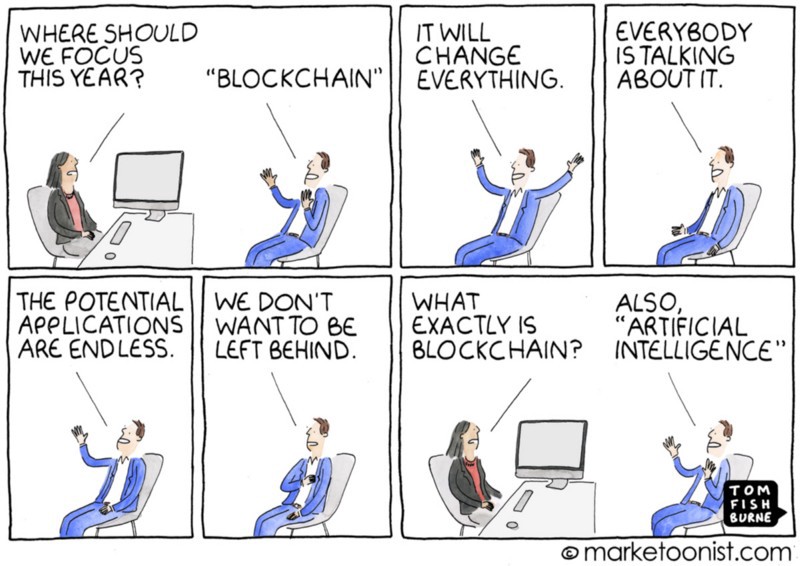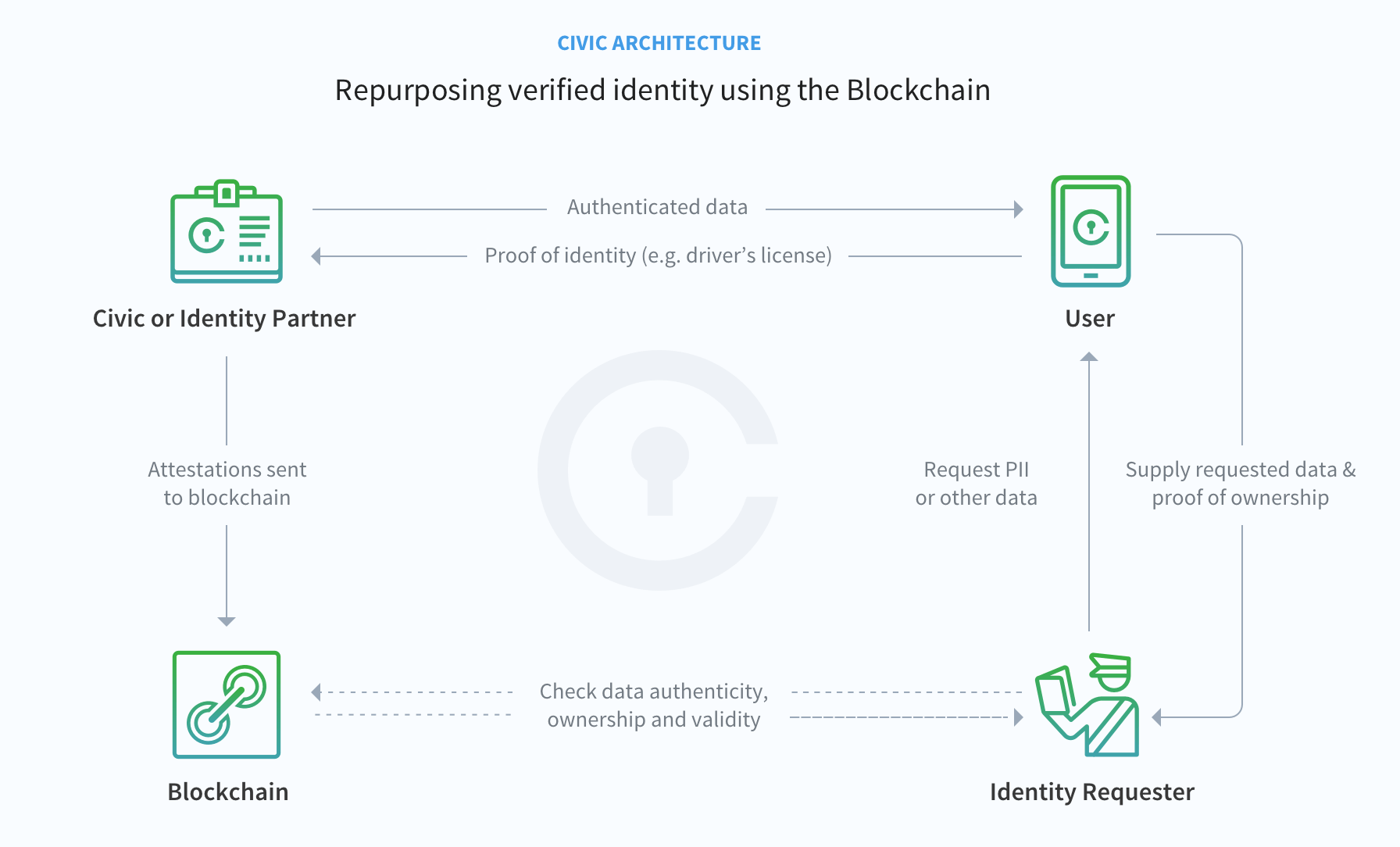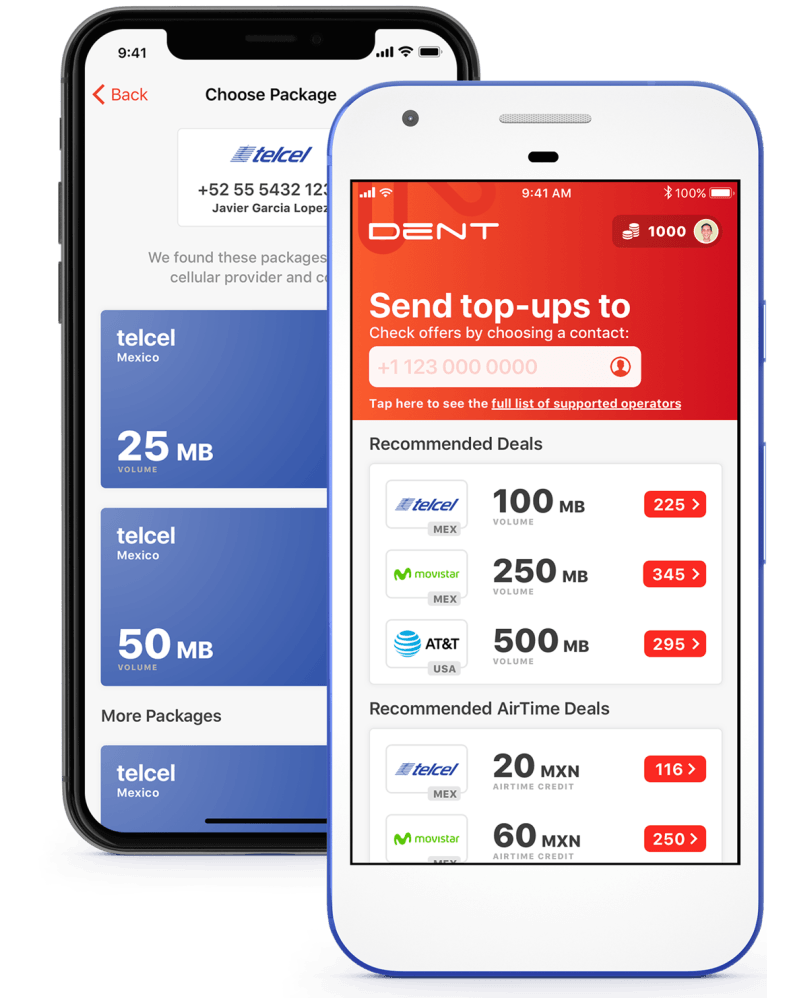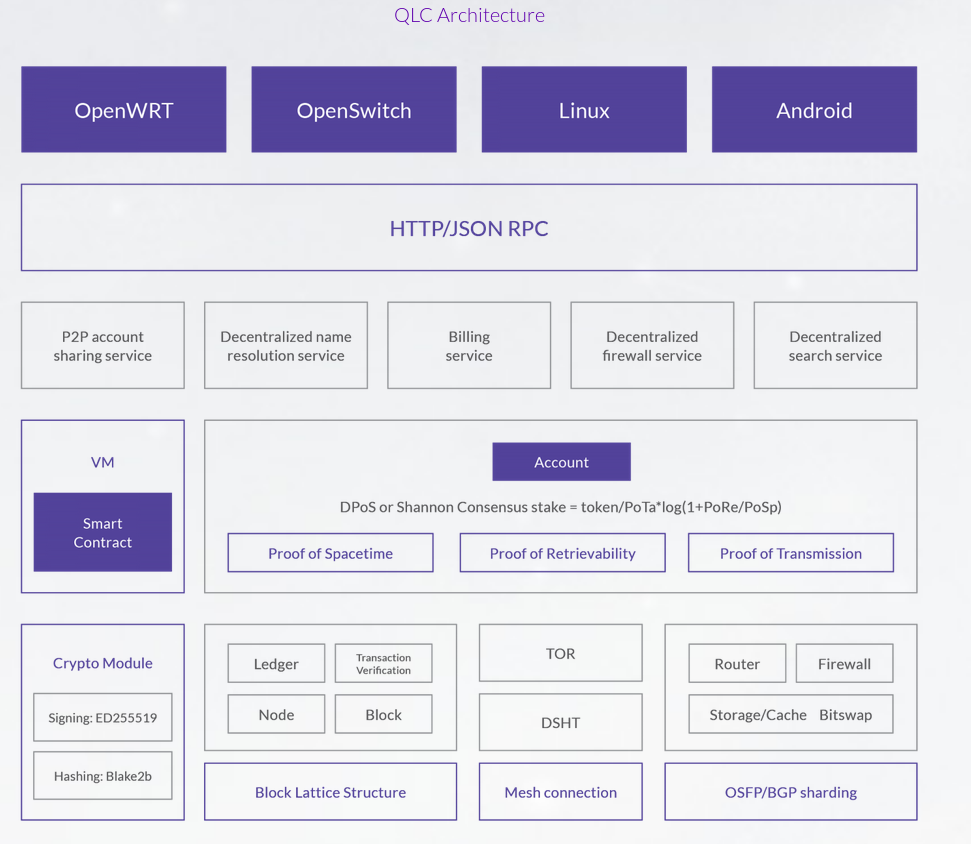
Can the telecom industry benefit from blockchains and decentralized ledger technologies?
The blockchain and other distributed ledger technologies are set to revolutionize many industries. While the technical component themselves are nothing new, the blockchain mixes them up in a previously unexplored layout that enables many new use cases. Essentially, blockchains are a new kind of live and self-updating databases exploring new models of governance.
Before we dive into blockchains applied to the telco industry, let’s address some of the most critical dimensions of blockchains. We’ll then be able to consider the potential use cases blockchains enable for the telecommunication industry with live examples of existing projects whenever possible.
A 3 minutes intro to blockchains
What are blockchains?
Blockchains (and others distributed ledger technologies known as DLT) allow nurturing different relationships between service/data providers and their users. The main innovation carried by blockchains lie in their distributed nature.
Through game-theory mechanics and cryptographic seals, blockchains offer a credible solution to the challenge of maintaining a database without having a central authority (such as an institution) warranting its validity.
Instead, a network of peers review the transactions and the ones that are validated are added to the chain. Checking mechanisms can vary depending on the needs and use cases solved by the chain.
Mining is the most well known of such mechanism, and currently used by the most prominent project such as Bitcoin or Ethereum.
Most blockchains are irreversible. Once a change is validated and reviewed by the peers maintaining the network, it cannot be altered. Each new “blocks” added after makes it even less likely to be modified. Each transaction added to the chain is time-stamped, and cryptographically sealed.
Yet, all transactions are public and auditable — anyone can check at any time which block is validated, when, by whom, and what transactions it contains (emitting address, receiving address and amount transferred).
The combination of the peer-validation mechanism, the cryptographic seal, and the transparency offered by the blockchain’s publicity makes them “trustless”: their users don’t need to trust a central body to proceed the transaction, as it doesn’t exist. Besides, since the book is public, anybody can verify that there is no foul play.
 Potential benefits of blockchain (source)
Potential benefits of blockchain (source)
What do blockchains have to offer?
The blockchain was initially developed to offer an alternative to centralized monetary systems, with projects such as Bitcoin or Litecoin which got a lot of press. However, the decentralized, transparent and auditable ledgers offered by blockchains-based system allow for many innovative use cases in diverse industries.
They are the missing technological block enabling the switch between systems with several levels of intermediation, each level requiring trust and creating a potential for abuses and manipulations to more direct and autonomous systems.
By autonomous, we’re not picturing the artificial intelligence-fueled self-deciding robot fantasy but quite the opposite: peer-driven systems with enough checks and balances built-in so that they won’t require external forces (such as laws) to maintain themselves.

Blockchain-based technologies are still at a very early stage of development and not yet able to achieve this vision. However, they are not to dismiss altogether until further advancements.
Despite the limitations of our current AI systems, we’ve found many use-cases them for them. They still fail dramatically at complex task involving several interlaced processes, but perform quite well with a very narrow and well-defined scope: beating the world’s Go champion, traffic monitoring, or trivia games.
In its early stage, blockchains-based systems are bound for similar implementations. They will take over well-defined scope within industries, starting with positions where there is a significant need for traceability and transparency and the current share taken by intermediaries is high.
Blockchains in practice: use cases
Trust is the cornerstone of the business. Blockchains enable trust to be intrinsically embedded into a technological solution. It will streamline relationships between partners and reduce frictions between the various stakeholders involved in a given system.
The decentralized dimension of blockchain-based systems, if maintained, could foster a new kind of trust that is no longer based on the reputations of the actor but instead rely on the credibility gathered by the systems themselves.
So, what are blockchains good for?
- Identity management: blockchain could ease and empower identity verification processes, allowing users to control easily and precisely which data piece is shared, when and with whom.
It could also facilitate cross-industries interconnections between different systems, reduce abuses both on the user-side (identity-theft) and on the businesses sides (fraud). - Payment processing: blockchain-based systems can power payment networks with novel and exciting characteristics. Transactions can be validated in a near instantaneous fashion (<10s) while processing fees are so low than micro-transactions can be considered.
- Subscription management: blockchain could finally fulfill the promise of a subscription as easy as it to terminate it. Standards are currently drafted (such as ERC-948) to allow services providers to offer subscriptions that would be blockchain-based.
Such subscriptions would be easy to manage from the user side. They also provide a predictable revenue stream to the service provider. - Data tracking and validation: thanks to blockchain the cryptographic seal and data verification process, it could help to facilitate the validation of data, be it from sensors or other devices. The verification mechanisms can guarantee the data is coming from an authenticated and well-functioning device.
This will prevent detrimental decisions based on corrupted data. The data will be time-stamped and easily auditable. - Internet of Things: the IoT requires sound authentication and data sharing processes to develop. Just like the identity management use case, blockchain could facilitate and provide a backbone for the authentication of machines and their data exchanges.
These five high-level use cases for blockchains can unfold in many different industries, triggering new developments are a power redistribution. For the rest of the article, we’ll limit ourselves to the telco industry and consider the main activities that could be affected.
Blockchains use cases for the telco industry
The applications of blockchains based technologies presented in the previous sections to the telecom industry are plenty. Some are quite obvious, as they provide an alternative to already existing solutions. Others require more abstraction to be considered since they involved several use cases nested with one another.
Devices Identification
The use of SIM cards currently permits the identification of devices on cellular networks. While the technology has its merits (especially cost-efficiency), it might not be the most adapted for 5G and device-to-device networks.
The public-key cryptography logic, implemented in blockchain systems might offer a credible alternative to solve the challenges posed by the dynamic authentication of potentially billions of (autonomous) devices on the network.
Authentication on existing blockchain systems, such as Bitcoin relies on a pair of keys:
- The public key is the public ID of the recipient. For bitcoin, it is used to receive payment. It works like an email address: anybody that knows it can send money to it, but only the owner of the related private key can generate a transaction from this address.
- The private key is used to verify ownership of the address. Continuing with the email comparison, the private key would be the password of the email address. It is required to send emails (initiate transactions) from that address.
The move to eSIM, embedded SIM card, a virtual SIM standard, is already happening: the latest generation of Apple devices are supporting the standard. Since the SIM card is no longer physical, strong security standards are necessary to prevent abuses.
Using a blockchain-based authentication protocol could ensure the safe authentication while also allowing for greater flexibility and interoperability.
Identity as a Service and Data Management
Blockchains are particularly apt to enable tighter control of users over their data. In the wake of Cambridge Analytica, and other data over-sharing and data breaches related scandal (full list here), consumers are realizing how exposed their data can be and the lack of control their have over it, once they hand it to a service provider.
Telecom industry actors and particularly mobile service providers could play a role to prevent further scandals and breaches from happening. They could provide consummers with the next generation of data management services (Identity as a Service).
 Overview of the architecture of Civic identity management service (source: token sale whitepaper)
Overview of the architecture of Civic identity management service (source: token sale whitepaper)
The most advanced projects, Civic and uPort are looking to reshape the way we share data online. Their users create a blockchain-backed identity and populate it with the pieces of information they are willing to share.
Such identity can be represented by the address of a smart contract or a traditional public key. Since other smart contracts can control smart contracts, they can be programmed to support various methods of key recovery logic.
Mobile data reselling
Since telecommunication networks are built on top of legacy implementations, some usage situations can get almost nonsensical. For instance, if a French (with a French mobile/data plan) travels with his phone to the US and browse the web, all his traffic will be routed through France.
The interconnection cost for the service provided, as well as the margin taken by the operator dramatically increase the price he has to pay. He could purchase data from a local instead. Using a dynamic data reselling network, he can get the data bandwith he needs from a nearby American with some spare.
He will be able to browse in a much more cost-effective fashion. Thanks to the transactional capabilities of blockchain based systems, they are excellent candidates to power a worldwide data reselling network.
 Screenshot taken from DENT app — mobile data reselling service
Screenshot taken from DENT app — mobile data reselling service
This use case is already covered by live projects such as DENT which connects to over 400 mobile operators in 130 countries. They aim to accelerate the decrease of roaming fees, to bring them as close as possible to the operational costs. DENT or other similar projects are looking to make use of the spare capacity available on the network and data plans.
Open-sourcing and decentralizing the telecommunication infrastructure
Instead of supplementing the current telco infrastructure, some projects are more ambitious. Their goal is to build a brand new and decentralized infrastructure.
Proponents of such projects believe that a decentralized network would be more apt to sustain the growing data needs while offering more security guarantees to its users.
The QLCChain project dubs itself as “decentralized network as a service”. They set to construct an open-source telecom infrastructure on the blockchain. The network is powered by:
- hardware (BaseStation),
- a blockchain enabling the transaction of network services and the execution of smart contracts,
- as well as a token (QLC) to structure the exchanges of value within the ecosystem.
The project is currently testing the network, looking to open it to the public by the end of the year. Here is a high-level overview of their network infrastructure:
 QLC Chain Decentralized Network as a Service — Infrastructure Overview (source: official website)
QLC Chain Decentralized Network as a Service — Infrastructure Overview (source: official website)
Other telco-related blockchain use cases
As technology develops, new use cases are enabled. We presented four credible and interesting ones that can turn into massively used services in a relatively near future. There are however many other use cases that could be envisioned:
- Reducing intermediaries involved in services such as Domain Name Service (DNS) and Network Address Translation (NAT), or even fully decentralize them. Several solutions are already implemented to replace traditional DNS on the web and provide a name service to resolve public keys.
- Structuring credit reselling of internet-level communication networks, particularly for VoIP resellers. For instance, creating a protocol to resell minutes of voice communication over the VoIP network.
- The transparency provided by blockchains, as well as their resistance to attacks and alteration makes them a perfect fit for fraud prevention.
Benefits for industry actors
As blockchain-based technologies mature, they will enable new revenue streams and partnership opportunities for existing telecommunication service and network providers.
The development of blockchain based networks and services will dramatically change the balance of power and profit between existing intermediaries. New partnerships will be formed, some legacy intermediaries might become obsolete and replaced by cheaper, faster and more effective alternative. Skipping such intermediaries will streamline operations and reduce costs.
Regarding the financial dimension of the telecommunication operations, blockchains enable many opportunities. Near real-time settlements offered by digital payment systems will simplify accounting procedures and reduce operating costs.
The new validation mechanisms provided by blockchain will streamline accountability even further. Instead of relying on disparate systems to find and collate different financial views, a blockchain ledger will provide one unified view covering almost all transactions.
The blockchain is still at an early development stage. The main challenge right now is to correctly identify relevant and realistic upcoming opportunities to direct developments and investments purposely.
To investigate further the impact of blockchain and telcos, check out the paper published by Deloitte’s Blockchain Institute: Blockchain @ TelcoHow blockchain can impact thetelecommunications industryand its relevance to the C-Suite.
Governments VS. Lex Cryptographica
The legal framework surrounding such system is currently lax, if not wholly lacking. Indeed, most of existing regulations focused on the financial use cases of blockchains, such as Initial Coin Offering (~IPO for tokens). While this is perceived as a risk by most legacy industries actors, others see it as an opportunity.
Since control mechanisms are built into blockchain-based systems, there might be no need for laws once they systems are mature enough. Such systems could implement their own regulatory frameworks. The Harvard University Press published a fascinating read addressing the topic earlier this year. What follows is a quote taken from it:
Blockchain technology facilitates the emergence of new self-contained and autonomous systems of rules that create order without law and implement what can be thought of as private regulatory frameworks, which we refer to as *lex cryptographica*.
You can read the full article here: The Rule of Code vs. The Rule of Law.
Originally published at www.callr.com on November 28, 2018.